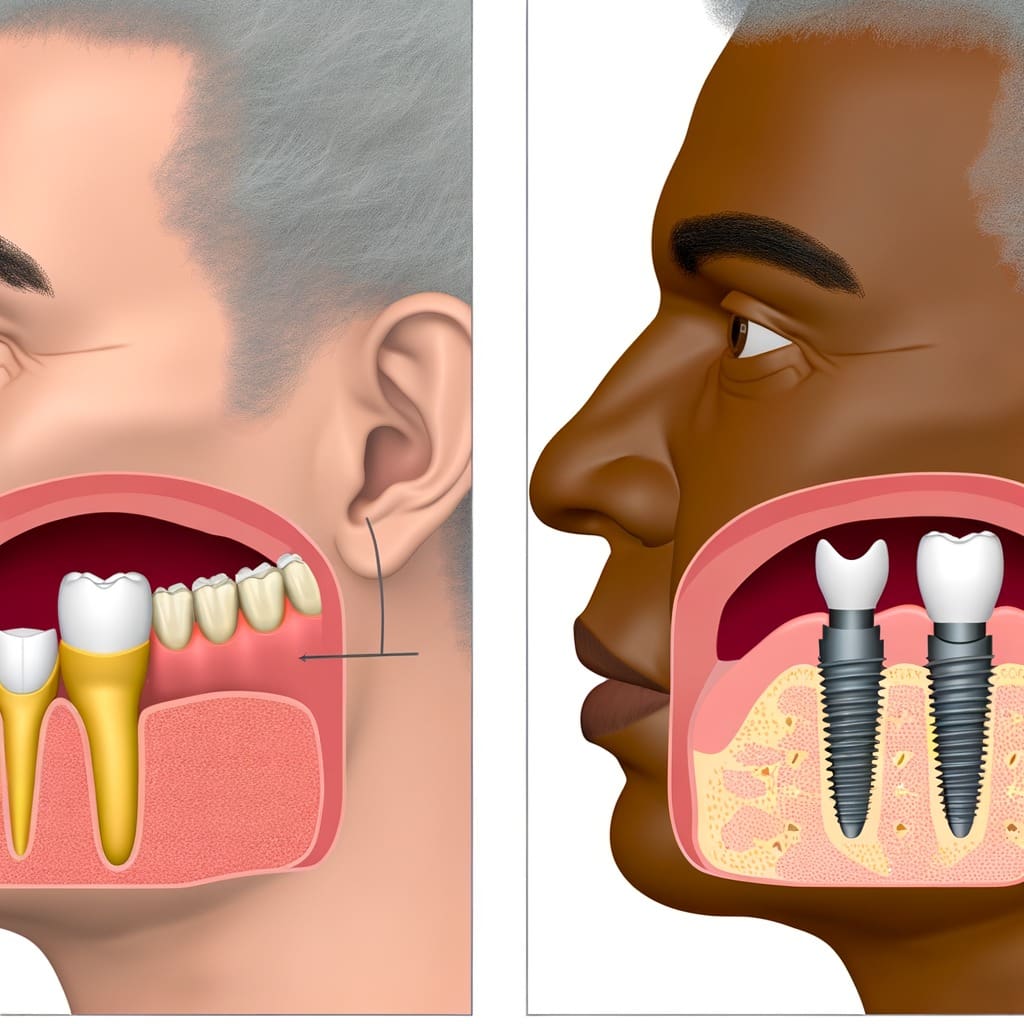Sealants
Sealants | Every year, millions of people with dental benefit plans ring in the New Year by leaving money on the table. In the most recent year that statistics were kept, only 3% of those with PPO dental plans met or exceeded their annual maximums, according to the National Association of Dental Plans.
If you have a dental plan, it will probably run out on December 31. To keep your hard-earned money from going to waste, you should consider how to use your remaining benefits. When it comes to your oral health, prevention is superior to cure for both your health and wallet. Plans normally pay 100% for preventative care. One preventive treatment that you may look into is dental sealants.
What is a dental sealant?
Dental sealants are a plastic layer painted directly onto the chewing surfaces of teeth. The purpose of sealants is for smoothing out chewing surfaces so that bacteria and food particles have a more difficult time accumulating. This is important, particularly for back teeth where sealants are normally used, because back molars are harder to reach when brushing, and have deep grooves and fissures that provide hiding places for the bacteria that cause tooth decay.
purpose of sealants is for smoothing out chewing surfaces so that bacteria and food particles have a more difficult time accumulating. This is important, particularly for back teeth where sealants are normally used, because back molars are harder to reach when brushing, and have deep grooves and fissures that provide hiding places for the bacteria that cause tooth decay.
Who benefits from dental sealants?
Almost anyone can benefit from a dental sealant, but they are most often recommended for those at high risk of developing cavities, particularly children. As soon as your child’s adult teeth began coming in, they can receive dental sealants.
Dental Sealant Procedure
Receiving dental sealants is a very simple and fast process, taking only a few minutes to complete.
Dental sealants require no:
- Numbing injections
- Drilling
- Tooth shaping or trimming
The process of receiving dental sealants involves the following:
- Your dentist will clean and dry the teeth to be treated.
- They will place cotton around the teeth to ensure that they remain dry.
- They will apply an etching solution for greater sealant adhesion.
- Your dentist will clean and dry again.
- Sealant will be applied to your teeth, which hardens with the use of a special light.
- Finally, your dental sealant will be polished, and you can return home.
What should I do after I receive my dental sealant?
Now that you have received the dental sealant protective treatment, you will want to ensure that it lasts for as long as possible and that you do everything that you can to prevent tooth decay and gum disease. Therefore, it is important to keep in mind that dental sealants are not meant as a substitute for proper oral hygiene. You can still develop cavities on other teeth or on the sides of treated teeth.
After receiving your dental sealant, be sure to:
- Brush your teeth at least twice daily.
- Floss your teeth regularly.
- Avoid sugary drinks and snacks.
- Do not chew hard and sticky foods.
Schedule Your Appointment
Overall, a dental sealant is a great way to protect the teeth of yourself or your child to help prevent unnecessary and costly dental work in the future. If you would like to request additional information, or schedule an appointment or consultation, please reach out to our office today.






